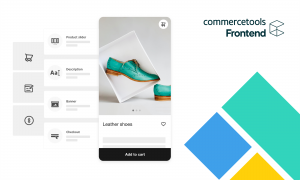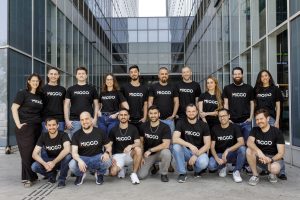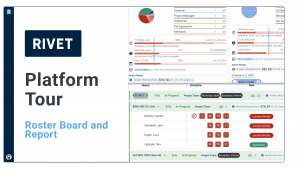Nokia’s Market Share Falling as Android Overtakes Europe
![]() Google’s Android platform may have taken longer to flow into the markets of Europe, but its foothold is definitely growing. As more affordable smartphones begin to push into the mainstream, Android has become the turn-to OS of choice for handset manufacturers to cover their bases. As a result, Android is beginning to gouge deeply into Nokia’s long-held domain—the European smartphone market.
Google’s Android platform may have taken longer to flow into the markets of Europe, but its foothold is definitely growing. As more affordable smartphones begin to push into the mainstream, Android has become the turn-to OS of choice for handset manufacturers to cover their bases. As a result, Android is beginning to gouge deeply into Nokia’s long-held domain—the European smartphone market.
Statistics compiled by The Wall Street Journal paint a grim picture for the future of Nokia’s smartphone dominance as the company struggles against the powerful presence of the iPhone in the smartphone market and now the leisurely climb of Android handsets into the market as they displace Symbian phones,
Nokia shares continued their pitched descent Wednesday, falling 4.7% after a 14% decline on Tuesday. Nokia’s full market capitalization now stands at $25 billion, a figure that analysts say that Apple Inc. could earn in net profit alone during 2011.
While Nokia is still the world’s largest handset maker by volume, Android is winning enthusiastic support from both consumers and Europe’s wireless companies, as well as new offerings from app developers. Motorola Mobility Holdings Inc., Sony-Ericsson and HTC Corp. have launched new Android handsets in Europe in recent months.
The numbers are stark. In the first quarter, Google’s Android operating system ran on 34% of smartphones in Western Europe, up from only 8% a year ago. By comparison, the percentage of smartphones that ran Symbian fell by half to 21% in Europe from 40% a year ago, according to IDC.
Nokia has long been the world largest manufacturer of smartphone hardware, but with the advent of Google Android, the entire landscape has changed out from under them. In an attempt to stay ahead of the rapidly shifting markets, CEO Stephen Elop postured with a dramatic course change and a strategic partnership with Microsoft; neither of these maneuvers have shown much immediate effect and its left consumers and shareholders fretful.
Much of this decline can be tied to Nokia’s decision to withdraw from their prominent Symbian line and align themselves with others in the market, such as Microsoft. In a way, it’s left an opening for lower price handsets running Google Android to slip through their carefully cultivated lines. Their alliance with Microsoft isn’t expected to bear fruit for at least another year, so we can probably expect them to continue to slip in market share until they can come back to market with a new flagship product.
The good news from this is that while Nokia has aligned themselves with Microsoft, this hasn’t soured Google’s stomach for putting their OS on their devices. Something that actually makes a lot of sense to me, looking at how well Google has done in the software market, combined with the sheer craftsmanship and expertise of Nokia’s hardware production. This is exactly what makes the Microsoft-Nokia pact also look so powerful.
Of course, if Microsoft moves on to simply acquire-away Nokia’s mobile manufacturing division this will be a totally different conversation.
A message from John Furrier, co-founder of SiliconANGLE:
Your vote of support is important to us and it helps us keep the content FREE.
One click below supports our mission to provide free, deep, and relevant content.
Join our community on YouTube
Join the community that includes more than 15,000 #CubeAlumni experts, including Amazon.com CEO Andy Jassy, Dell Technologies founder and CEO Michael Dell, Intel CEO Pat Gelsinger, and many more luminaries and experts.
THANK YOU













